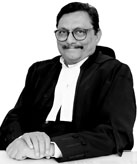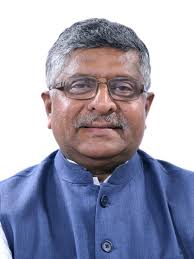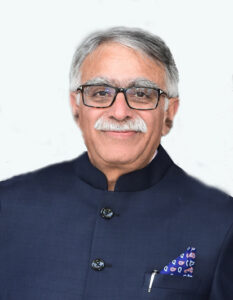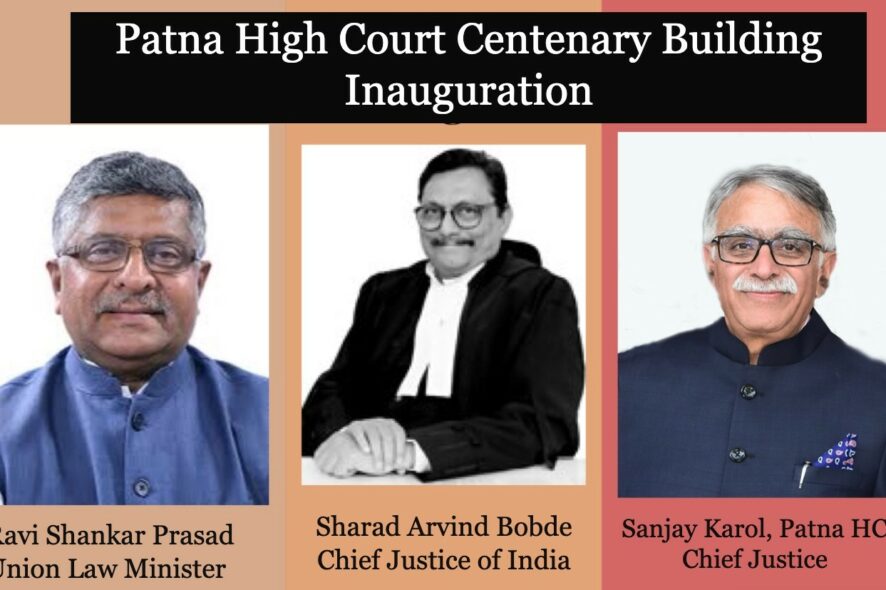On 27th February, 2021, Patna High Court hosted a function on the inauguration of a new ‘Centenary building’ of the Patna High Court in the august presence of Hon’ble the Chief Justice of India HMJ SA Bobde, Union Law Minister Ravi Shankar Prasad, Hon’ble the Chief Justice of Patna High Court HMJ Sanjay Karol, Bihar Chief Minister Nitish Kumar, Hon’ble Judges of Supreme Court HMJ Navin Sinha, HMJ Indira Banerjee and HMJ Hemant Gupta, and the Hon’ble Judges of the Patna High Court. Chief Justice Karol welcomed the esteemed dignitaries.
CJI Bobde called for reducing dependence on Courts by encouraging parties to opt for ‘pre-litigation mediation’ in both civil and criminal cases to adopt a solution-oriented approach. He commented,
“Litigation is fine and making provisions for the litigation is fine. But it is time we resort to pre-litigation mediation”
Furthermore, he said that the need for new Court buildings implied that there was an increased legal literacy, which is necessary, without encouraging litigiousness and cantankerousness and people were increasingly approaching Courts to settle their disputes instead of taking law into their own hands. The Chief Justice remarked that the Theory of Separation of Powers does not imply hostility between the branches of the government. It is extremely important that all the branches listen to the voice of the Constitution and the government understands the needs of the Courts.
Union Law Minister Ravi Shankar Prasad addressed the august gathering and reminisced about his association with the High Court. He recalled that many great lawyers, freedom fighters and the first President of India Dr. Rajendra Prasad practiced in the Patna High Court. The Court was established in 1916 and today, it is a great symbol of Bihar’s identity. He cited that during the pandemic, 52.353 cases were heard digitally in the Supreme Court, 24.55 Lakhs cases were heard in the High Courts and 51.83 Lakhs cases in District Courts.
The Law Minister talked about the National Judicial Data Grid which is created in collaboration with the Supreme Court where 18.09 crore case statuses are available on a click and 13.59 crore orders and judgments can be referred on the portal. He claimed that India has nearly 4 lakh Common Services Centres where through Tele-Law, citizens seek free pre-litigation advice from lawyers. Since 2017, 6.35 lakh pieces of advice have been given by lawyers who are willing to give pro-bono legal services.
Chief Justice Sanjay Karol, in his address, traced the history of Patna High Court. He emphasized how India’s architectural heritage is replete with stunning creations: the Sanchi Stupas, the Chola Temples of Tamil Nadu, the Ashokan Column in Vaishali, the Tomb of Sher Shah Suri at Rohtas and the Taj Mahal at Agra.

“The magnificent Building of the Patna High Court, designed by the renowned architect Mr. Munnings in neoclassical style, is based on the Palladian concept of a country house. It creates a grand impression with its vast proportions and subtle detailing.”
The Main Building, on its completion, was formally made functional on February 3, 1916, with Sir Edward Chamier officiating as the first Chief Justice.
To meet the Court’s expanding needs, the new Centenary Building has been conceptualized on similar lines. Housing all modern amenities and eco-friendly systems, it shall serve the people with 43 Court Rooms, 57 Chambers, 2 Libraries, 6 Committee Rooms, a big Conference Room and an underground parking facility for more than 100 vehicles.
Justice Karol also acknowledged the esteemed guidance of Hon’ble the Chief Justice of India and expressed his gratitude for having travelled amid COVID to grace the occasion with his physical presence. The CJI’s humility, impartiality and courtesy make him a complete Judge. He underscored how the CJI is a voracious reader, having a keen interest in protecting and preserving art, culture, and heritage, and His Lordship is known to be an upholder of the rule of law with classical constitutional values. CJ Karol also acknowledged the role of Hon’ble Dr. Justice D Y Chandrachud as Chairman, E-Committee, Supreme Court of India, in helping put in place systems to meet the challenges of COVID.
CJ Karol also addressed Union Minister of Law & Justice, Mr. Ravishankar Prasad, as “one of us” since he practised law and is a designated Senior Advocate. Mr. Prasad’s passion and devotion for public service was acknowledged by CJ Karol. He expressed his happiness for the Hon’ble Minister’s leading role in the “Digital India’” program. The impetus for digitizing the Courts given by him as a Minister for Law & Justice has shown rich dividends.
CJ Karol also underscored the important contributions of Justice Navin Sinha, Justice Indira Banerjee and Justice Hemant Gupta. Justice Sinha played a vital role in the High Courts’ computerization, firstly at Patna, later at Chhattisgarh and Rajasthan. He termed his work under the Legal Services Authority as ‘legendary’. Justice Banerjee’s contribution in training and inspiring the Officers at the Judicial Academies is unparalleled. Justice Sinha has been championing the cause of the downtrodden by applying technology to optimize human potential and capabilities.
CJ Karol observed that the role of the Constitutional Courts in the country is both collaborative in nature. While at one level, they work with the Executive of the day to achieve the National objectives and aspirations yet at another level, it becomes adversarial in nature to check constitutional transgression. However, a commonality in purpose is present, “to uphold the constitutional values and rule of law.”
“The State High courts’ responsibility is to engage with the culture, traditions, practices, and beliefs of the State they serve while keeping in mind the letter of the law and our founding document’s spirit and ideals.”
Quoting Justice Stephen G Breyer of the United States Supreme Court,
“The story that a building tells through its design may be as important to the community it serves as is its function. By shaping our thoughts about ourselves and our institutions, it will directly affect our efforts to work productively together.”
CJ Karol observed that the Constitution makers have provisioned for the independence of the Judiciary to serve as the guardian and the custodian of the Constitution. It is for achieving such a purpose that we have magnificent Court complexes.
The Bar was represented through the learned Advocate General; the learned Additional Solicitor General of India; the President and the Secretary, Advocates Association; the President and the Secretary, Lawyers Association; the President and the Secretary, Bar Association; the Chairman, Bar Council of India.
—————-***—————






